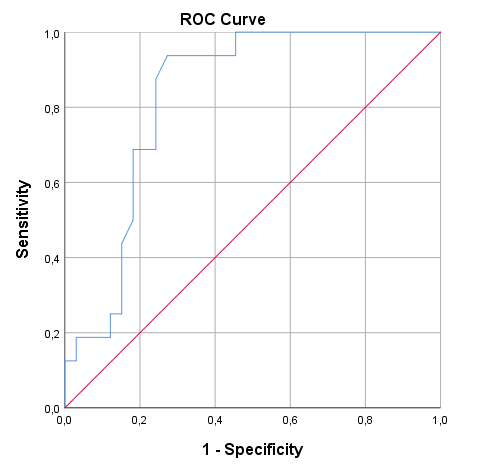Pancreatic graft ultrasound elastography: A novel non-invasive technique in rejection assessment
Clara Bassaganyas Vancells1, Juan Carlos Soler Perromat1, Alexandre Soler Perromat1, Anna Darnell1, Pedro Ventura Aguiar2, Miriam Cuatrecasas3, Maria Teresa Rodrigo3, Joana Ferrer4, Maria Angeles Garcia-Criado1.
1Radiology, Hospital Clínic de Barcelona, Barcelona, Spain; 2Nephrology, Hospital Clínic de Barcelona, Barcelona, Spain; 3Pathology, Hospital Clínic de Barcelona, Barcelona, Spain; 4Surgery, Hospital Clínic de Barcelona, Barcelona, Spain
Introduction: Rejection is the second cause of pancreatic graft loss after technical complications. Conventional imaging techniques lack sensitivity and specificity to assess rejection. Elastography by Acoustic Radiation Force Impulse (ARFI) quantification is a non-invasive ultrasonographic technique that allows quantification of tissue elasticity. It has been proposed as a complementary tool to detect rejection in liver and kidney transplantation. Unfortunately, there is no data on pancreas transplantation.
Methods: Prospective study including all pancreas transplantations in our center from October 2016 to January 2020. All allografts were evaluated by ARFI(m/s) at 1 week after surgery. Thereafter, an ARFI evaluation and a protocolized biopsy were performed at 3 weeks and 12 months post-transplantation, also whenever a graft dysfunction was suspected and 3 weeks after a proven rejection. Allografts with postoperative surgical complications were excluded from the analysis. Grafts were classified according to the biopsy result into two groups (rejection/no rejection). Those cases without biopsy or with an inconclusive biopsy result were classified according to the clinical approach. ARFI values were analyzed in each group and compared between them.
Results: During this period, 124 ARFI evaluations and 78 biopsies were performed in 54 patients. Three patients were excluded because of postoperative complications (5 evaluations). A high dispersion in ARFI values was recorded in the first three months in both groups: non-rejection group (n=88, 1.52±0.68 m/s) and rejection group (n=31, 1.55±0.46 m/s), which was attributed to the influence of postoperative factors and therefore these ARFI values were excluded from the analysis. After the first 3 months, the median ARFI values in the non-rejection group decreased to 0.98±0.32 m/s (n=55), which is similar to values reported in the native pancreas, whereas in the rejection group they reached a value of 1.45±0.31 m/s (n=16). This difference was found out to be statistically significant (p-value 0.0001). A cut-off value of 1.24 cm/s demonstrated a sensitivity and a specificity of 0.94 and 0.73 respectively (AUC 0.83) for the diagnosis of rejection in grafts older than 3 months.

Conclusion: Elastography of the pancreatic graft shows a high dispersion of the values during the first postoperative 3 months probably due to postsurgical factors, making them less reliable. After this period, ARFI may be a useful non-invasive complementary tool to detect pancreatic graft rejection, selecting patients that may benefit from an early biopsy or an early treatment.